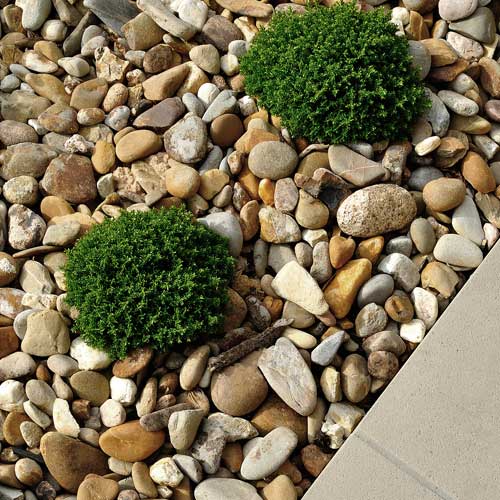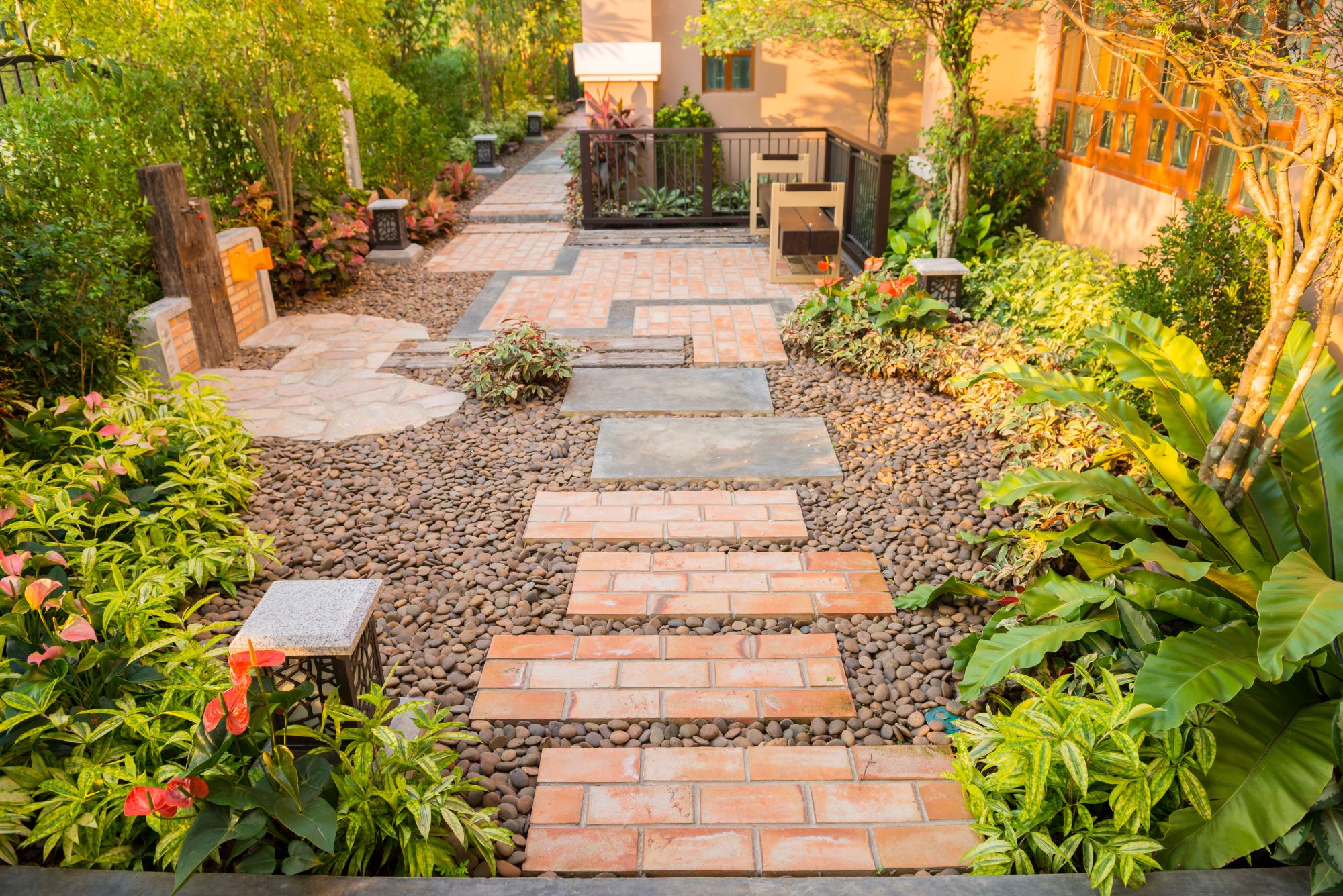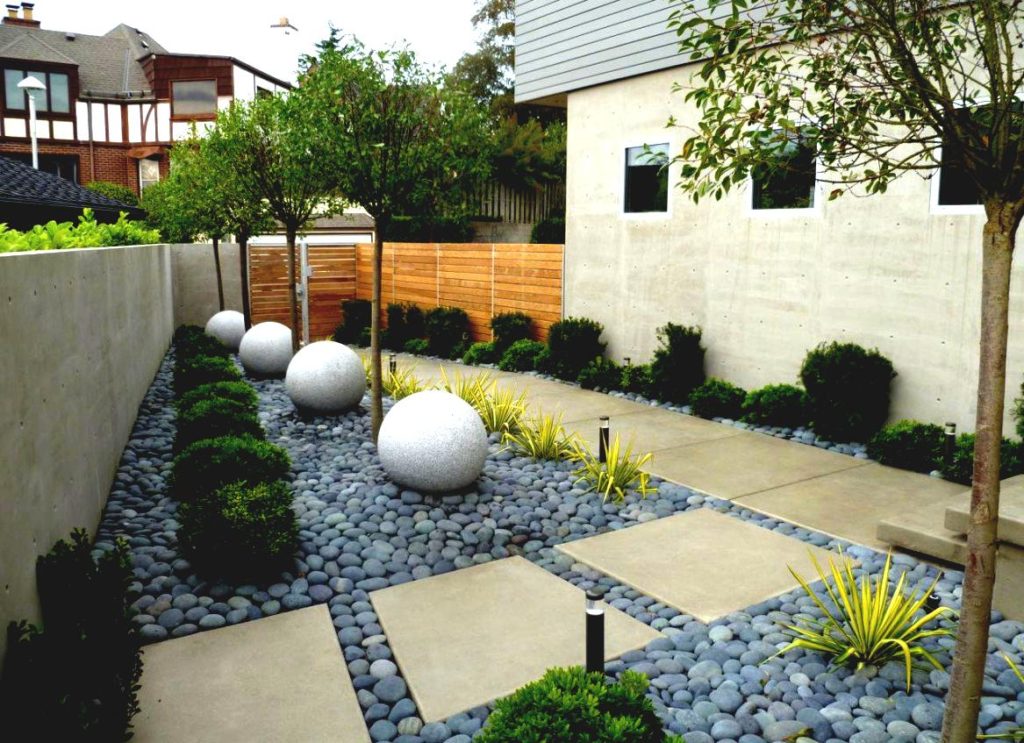Introduction to Decorative Rock Landscaping
When I first became interested in landscaping, I was overwhelmed by the choices available. From flowers to shrubs, the options seemed endless. However, it wasn’t until I discovered decorative rock landscaping that my outdoor space truly transformed. Decorative rocks not only add beauty but also require less maintenance compared to traditional gardens. In this article, I’ll share my personal experience and a wealth of information to help you make the most of decorative rock landscaping.
What is Decorative Rock Landscaping?
Decorative rock landscaping involves using various types of rocks and stones in outdoor spaces as a design element. This method can enhance the aesthetic appeal of your garden while also serving practical purposes such as erosion control and drainage improvement.
Benefits of Using Decorative Rocks
There are numerous advantages to incorporating decorative rocks into your landscape. Here are some key benefits:
- Low Maintenance: Unlike traditional gardens that require constant watering and weeding, decorative rocks need minimal upkeep.
- Drought Resistance: Rocks help retain moisture in the soil, making them ideal for arid climates.
- Versatility: Rocks come in various colors and sizes, allowing for creative designs.
- Erosion Control: They prevent soil erosion while providing good drainage.
Types of Decorative Rocks
Choosing the right type of rock for your landscape is crucial for achieving your desired aesthetic and functional outcomes. Below are some popular types of decorative rocks:
1. Gravel
Gravel is a versatile option that can be used for pathways, driveways, and as a base for other landscaping elements.
2. River Rocks
These smooth stones are great for garden beds and water features, providing a natural look.
3. Lava Rock
Lava rock is lightweight and porous, making it perfect for dry landscapes. It also adds a unique texture.
4. Flagstone
This flat stone is often used for patios and walkways, giving a rustic feel to outdoor spaces.
5. Decorative Boulders
Boulders can serve as focal points or natural borders within your landscape design.
How to Choose Decorative Rocks for Your Landscape
Choosing the right decorative rocks can seem daunting, but considering a few key factors can simplify the process.
1. Purpose
Are you using rocks for aesthetic appeal, drainage, or erosion control? Your purpose will guide your choice.
2. Color and Texture
Consider the color palette of your home and existing landscaping. The right colors can complement your environment beautifully.
3. Size
Mixing different sizes can create a more dynamic and visually interesting landscape.
Design Ideas for Decorative Rock Landscaping
There are countless ways to incorporate decorative rocks into your landscape. Here are some creative ideas:
1. Rock Gardens
A rock garden can serve as a beautiful focal point. Include various types of rocks and complement them with drought-resistant plants.

2. Pathways
Create a charming pathway using gravel or flagstone to lead visitors through your yard.
3. Xeriscaping
This water-efficient landscaping technique utilizes rocks alongside native plants, perfect for dry climates.

4. Water Features
Integrate river rocks into ponds or fountains for a natural, harmonious effect.
5. Borders and Edging
Use decorative rocks to create clean lines around flower beds or gardens.

Maintenance Tips for Decorative Rock Landscapes
While decorative rocks are generally low maintenance, here are some tips to keep your landscape looking its best:
1. Regular Raking
Rake gravel or smaller rocks to keep them evenly distributed and remove debris.
2. Weed Control
Occasionally check for weeds. Using landscape fabric beneath the rocks can help reduce weed growth.
3. Top Off Rocks
If rocks become dirty or faded, consider adding a layer of fresh gravel or stones to refresh the look.
Comparison Table: Types of Decorative Rocks
| Type of Rock | Benefits | Ideal Use | Cost |
|---|---|---|---|
| Gravel | Versatile, easy to use, affordable | Pathways, driveways | Low |
| River Rocks | Natural look, smooth texture | Garden beds, water features | Medium |
| Lava Rock | Lightweight, porous | Dry landscapes | Medium |
| Flagstone | Durable, rustic appearance | Patios, walkways | High |
| Decorative Boulders | Focal points, natural borders | Landscaping accents | Varies |

Pros and Cons of Decorative Rock Landscaping
Pros
- Low maintenance and upkeep
- Long-lasting and durable
- Wide variety of styles and colors
- Effective erosion and drainage control
Cons
- Initial cost can be high for larger areas
- Rocks can absorb heat, potentially increasing ground temperature
- Limited plant growth options, mostly drought-resistant plants
Frequently Asked Questions (FAQs)
1. How do I install decorative rocks in my landscape?
Begin by clearing the area, installing landscape fabric, and then placing the rocks in your desired arrangement. It’s essential to compact the soil before laying rocks to prevent sinking.

2. Can decorative rocks be used on slopes?
Yes, decorative rocks can be effectively used on slopes. However, it’s vital to choose heavier stones to minimize the risk of displacement.
3. Are decorative rocks safe for pets?
Most decorative rocks are safe for pets, but ensure that any smaller stones are not ingested. Always supervise pets around landscaping features.

4. How can I prevent weeds in my decorative rock landscape?
Using landscaping fabric under the rocks is an effective method for weed control. Regularly removing any visible weeds can also help maintain your landscape.
5. What is the best type of decorative rock for a garden path?
Gravel or flagstone are commonly used for garden paths. They provide a stable surface and can enhance the overall aesthetic of your garden.